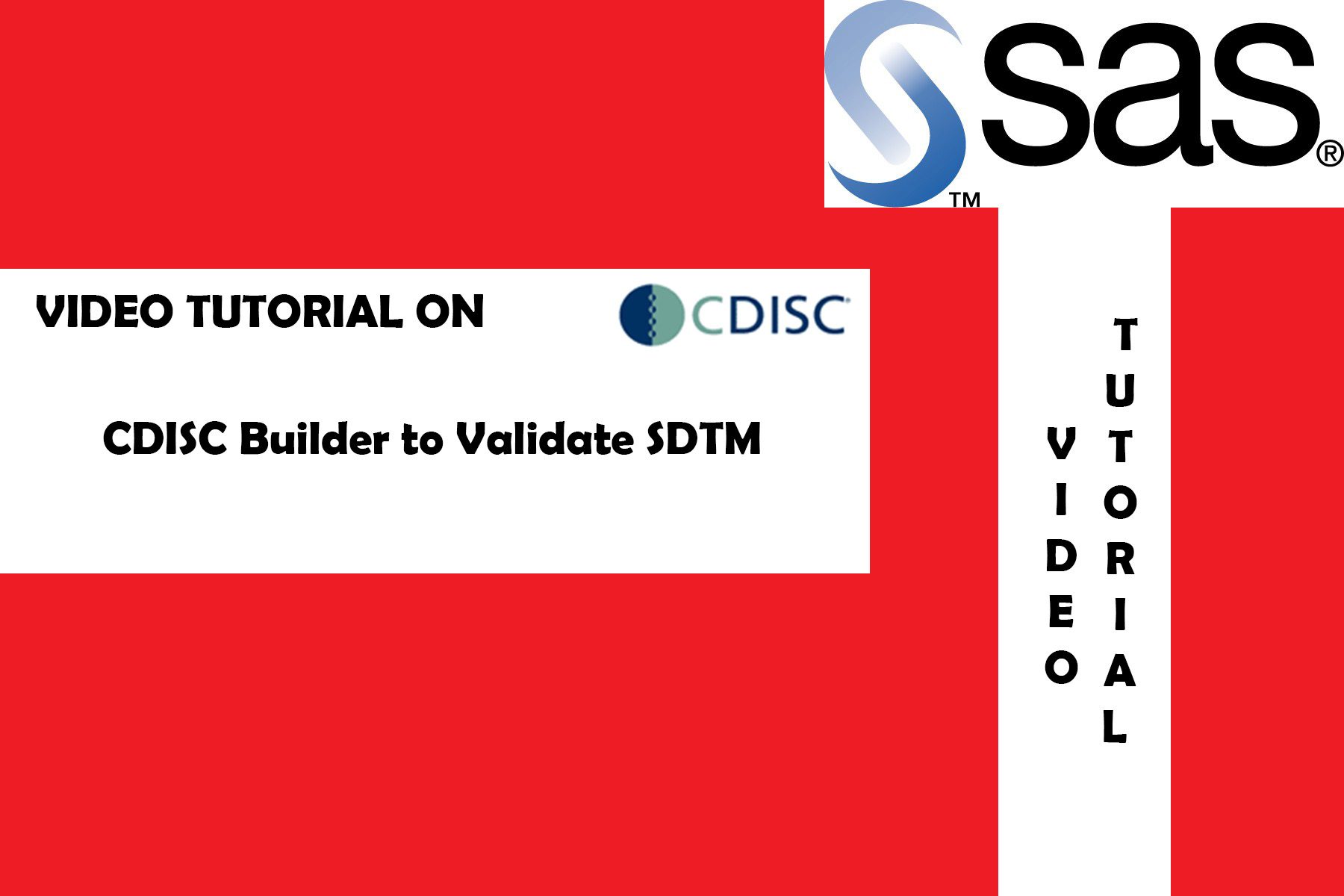- Tutorial for CDISC Builder| Getting Started | validate SDTM
CDISC
Consortium of Data Interchange Standards Committee (CDISC) is primarily concerned withdeveloping standards that aid in the exchange of information between companies in the BioPharmaecosystems.
These include the following models:
• Operational Data Model (ODM) —operational support of data collection
• Study Data Tabulation Model (SDTM) —data tabulation data sets
• Case Report Tabulation Data Definition Specification (CRTDDS – aka define.xml)
• Laboratory Data Model (Lab)• Standard for Exchange of Non-clinical Data (SEND)
• BRIDG—Protocol Representation• Analysis Data Model (ADaM) —analysis data structures
• And others… (For example, LAB, SEND)Taken together, these standards and guidelines represent challenges of supporting the clinical researchprocess.
The importance of data standards Data standards are a critical component in the quest to improve global public health. Inefficiencies in the collection, processing and analysis of patient and health-related information drive up the cost of research and development for life sciences companies as well as negatively impact the cost and quality of healthcare delivery for patients and consumers.
SAS software support for CDISC standards In addition to helping define CDISC standards, SAS is making certain that our products and solutions support the implementation of CDISC data standards. SAS®9 includes a component called PROC CDISC that enables organizations running SAS programs to work with CDISC structured data. PROC CDISC supports bi-directional conversion of data content contained in a CDISC ODM XML document to and from SAS-accessible data sources. The current version of PROC CDISC also supports content validation of SAS-accessible data sources to the CDISC SDTM data domain definitions. See http://www.cdisc.org/ for details on individual format descriptions.
CDISC standards such as SDTM, ODM, LAB and ADaM can be effectively implemented in solutions like SAS Drug Development and SAS DI Studio, and we’re currently exploring additional ways that these standard processes and data structures can be utilized within our software.
The SAS XML Libname Engine has been enhanced in SAS 9.1.3 to natively read and write CDISC ODM file content. Using the SAS XML Libname Engine, any data content accessible to SAS may be converted to a CDISC ODM XML document, or conversely, any content in a CDISC ODM XML document may be converted to a SAS dataset or other SAS-accessible data source.
SAS CDISC implementation services In addition to providing CDISC support within our software, SAS consultants are ready to help your organization implement CDISC standards to drive efficiencies in your clinical development processes.
Glossary
AdaM: Analysis Dataset Model
CDISC: Clinical Data Interchange Standards Consortium
CRT-DDS: Case Report Tabulation Data Definition Specification
LAB: Laboratory Data Model
ODM: Operational Data Model
SDS: Submission Data Standards
SDTM: Study Data Tabulation Model
XML: eXtensible Markup Language
to learn more about CDISC: http://www.lexjansen.com/pharmasug/2003/fdacompliance/fda055.pdf
Thanks for installing the Bottom of every post plugin by Corey Salzano. Contact me if you need custom WordPress plugins or website design.

